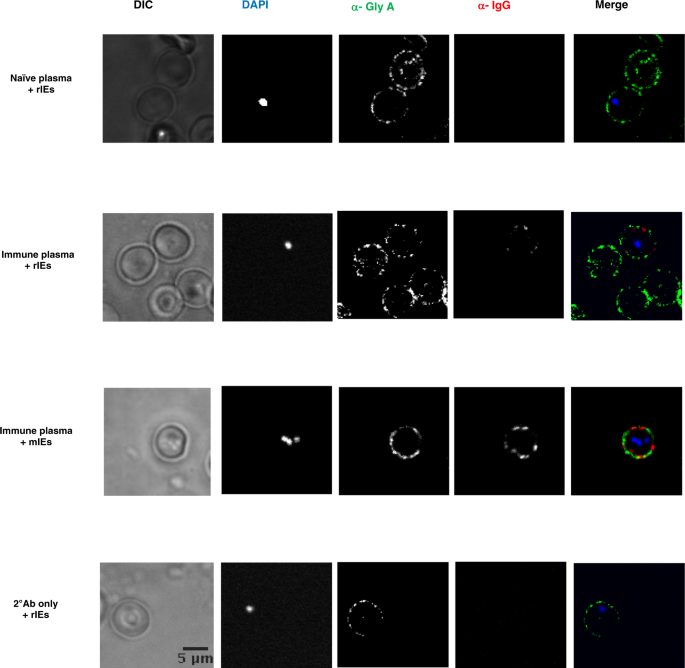2024-08-01 エディンバラ大学
<関連情報>
- https://www.ed.ac.uk/news/2024/sea-level-changes-shaped-early-life-on-earth-fossi
- https://www.science.org/doi/10.1126/sciadv.ado6462
エディアカラ紀からカンブリア紀の動物放射における海面制御 Sea level controls on Ediacaran-Cambrian animal radiations
Fred T. Bowyer, Rachel A. Wood, and Mariana Yilales
Science Advances Published:31 Jul 2024
DOI:https://doi.org/10.1126/sciadv.ado6462

Abstract
The drivers of Ediacaran-Cambrian metazoan radiations remain unclear, as does the fidelity of the record. We use a global age framework [580–510 million years (Ma) ago] to estimate changes in marine sedimentary rock volume and area, reconstructed biodiversity (mean genus richness), and sampling intensity, integrated with carbonate carbon isotopes (δ13Ccarb) and global redox data [carbonate Uranium isotopes (δ238Ucarb)]. Sampling intensity correlates with overall mean reconstructed biodiversity >535 Ma ago, while second-order (~10–80 Ma) global transgressive-regressive cycles controlled the distribution of different marine sedimentary rocks. The temporal distribution of the Avalon assemblage is partly controlled by the temporally and spatially limited record of deep-marine siliciclastic rocks. Each successive rise of metazoan morphogroups that define the Avalon, White Sea, and Cambrian assemblages appears to coincide with global shallow marine oxygenation events at δ13Ccarb maxima, which precede major sea level transgressions. While the record of biodiversity is biased, early metazoan radiations and oxygenation events are linked to major sea level cycles.


